13 Things Humans Do That Cats Find Annoying
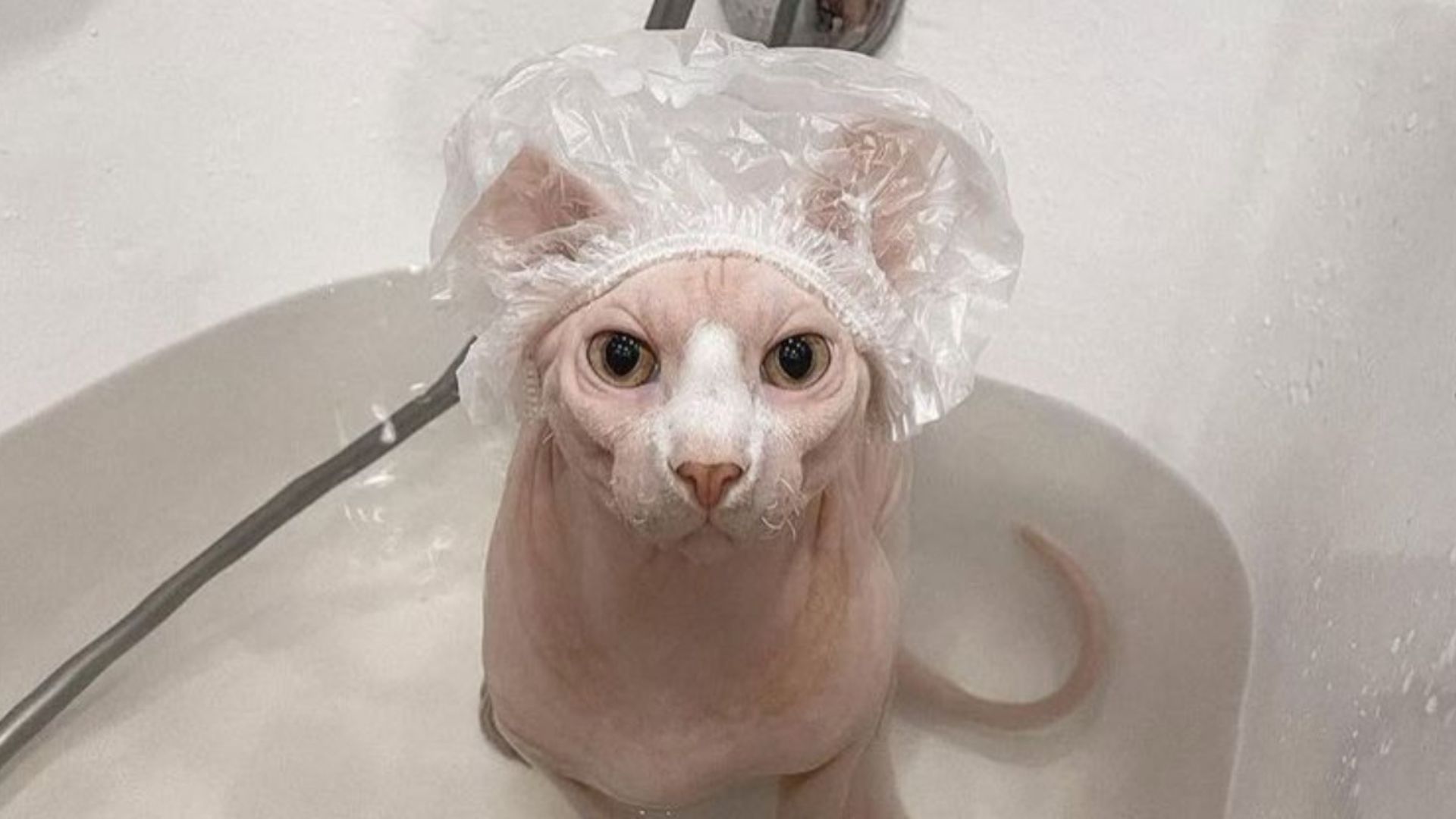
Cats may be adorable, but they’re also masters of silent judgment. While they tolerate us with a regal patience, there are plenty of things we do that secretly drive them up the wall.
From loud noises to frequent bath time, our feline overlords have a long list of grievances. If your cat has ever shot you a slow blink, flicked its tail in irritation, or mysteriously disappeared when you entered the room, you might be guilty of a few offenses.
Don’t worry – your cat still loves you (probably), but they’d appreciate a little more consideration. Let’s dive into the everyday human habits that annoy cats the most!
1. Loud Noises
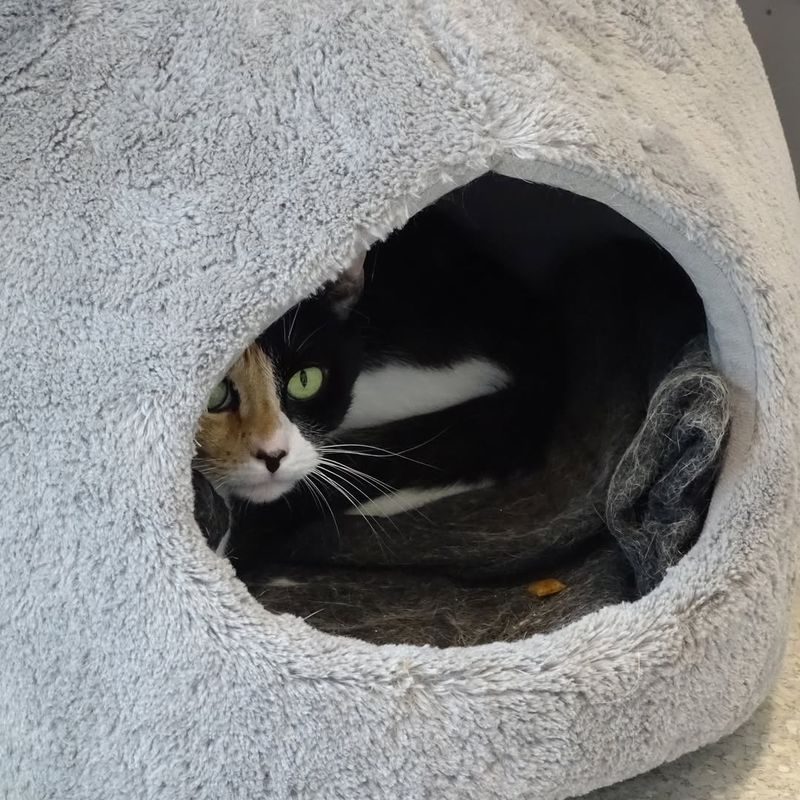
Cats have a keen sense of hearing, and loud noises can be particularly jarring for them. Whether it’s the vacuum cleaner roaring to life or the unexpected slam of a door, these sounds can send a cat into a frenzy. A sudden cacophony can make even the most stoic feline leap into the air in surprise.
In their natural habitats, cats rely on their acute senses to stay alert to danger, so overly loud environments can be unsettling. They might retreat to a quiet corner, twitching their tails in annoyance or glaring at the source of the disturbance.
To maintain a harmonious relationship with your cat, try to minimize loud noises when they’re around. If you’re vacuuming or doing other noisy chores, it might be considerate to let them retreat to a quieter room. This thoughtful gesture can help keep your cat calm and content.
2. Constant Petting
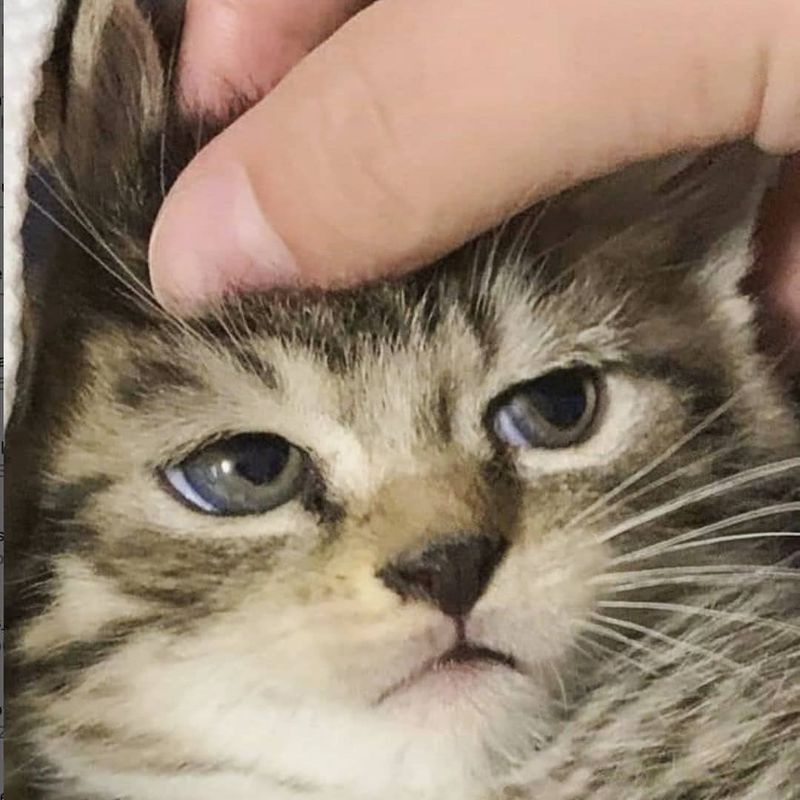
While many cats enjoy a good petting session, there is a fine line between affectionate stroking and overstimulation. Every cat has its threshold, and when reached, they can quickly transition from purring to an indifferent flick of the tail. Cats communicate consent through their body language, and it’s crucial for humans to pay attention to these subtle signals.
Overzealous petting might result in a sudden nip or a swipe from our furry companions. They appreciate personal space and often prefer to come to you when they seek affection, rather than being constantly handled.
Respecting a cat’s boundaries when it comes to physical affection is important. Allow them to guide interactions and be open to short, yet meaningful moments of connection. This way, you’ll ensure the bond remains strong and mutually enjoyable, without crossing into the realms of annoyance.
3. Ignoring Litter Box Maintenance
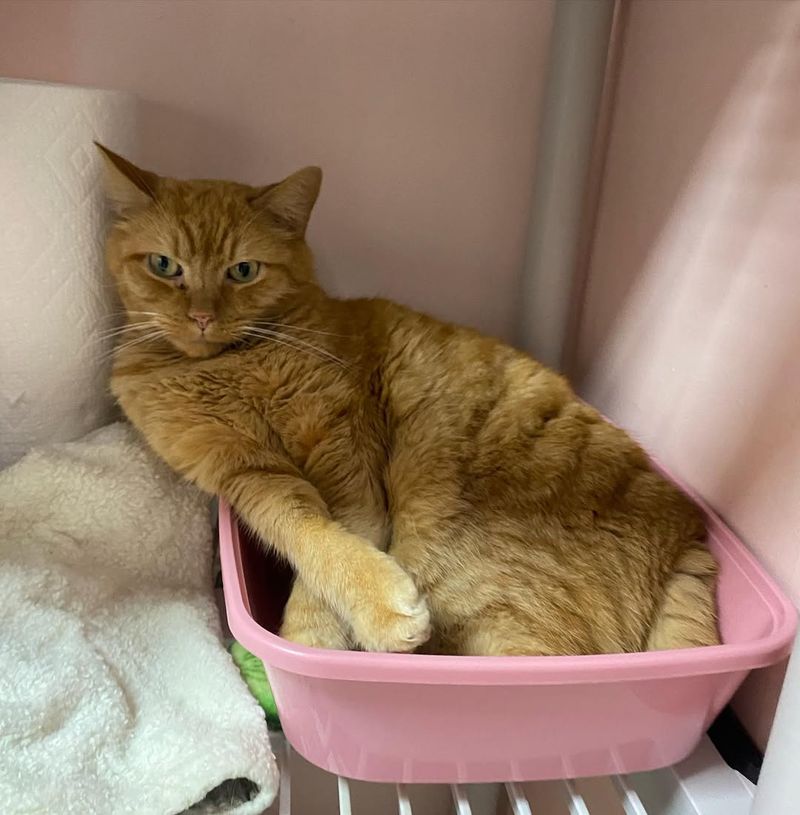
Cleanliness is next to catliness when it comes to the litter box. Cats are naturally clean animals, and a dirty litter box is a major no-no. If left unchecked, the litter box can become a source of irritation, leading some cats to find alternative, less desirable areas to do their business.
Regular cleaning and maintenance of the litter box are not just about hygiene; they play a significant role in a cat’s happiness and health. A fresh and clean litter box is inviting and ensures that the cat feels comfortable in their bathroom routine.
To avoid the annoyance and potential behavioral problems associated with a neglected litter box, establish a consistent cleaning schedule. Make it a routine to scoop daily, and completely change the litter regularly. Your cat will surely appreciate the effort, rewarding you with their contentment.
4. Unwanted Bath Time
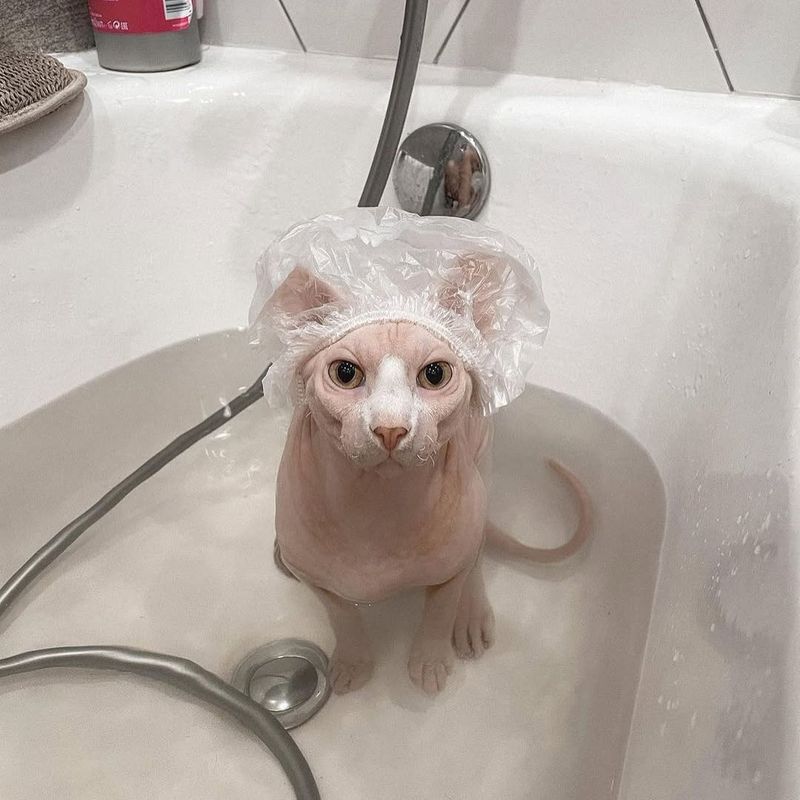
The phrase ‘like a cat in water’ exists for a reason. Most cats have an aversion to water, and bath time can be their worst nightmare. While certain breeds like the Maine Coon may tolerate water better, the majority of our feline friends would rather avoid it altogether.
Cats are meticulous groomers and often see no reason for a human-initiated bath, which can be seen as an affront to their cleanliness. The experience of being submerged in water and the unfamiliar scents of shampoos can be overwhelming.
If a bath is absolutely necessary, ensure it’s a gentle process. Use cat-friendly products and make the experience as quick and stress-free as possible. Often, a simple brush is enough to maintain their coats without the need for a full-on aquatic adventure.
5. Trips to the Vet
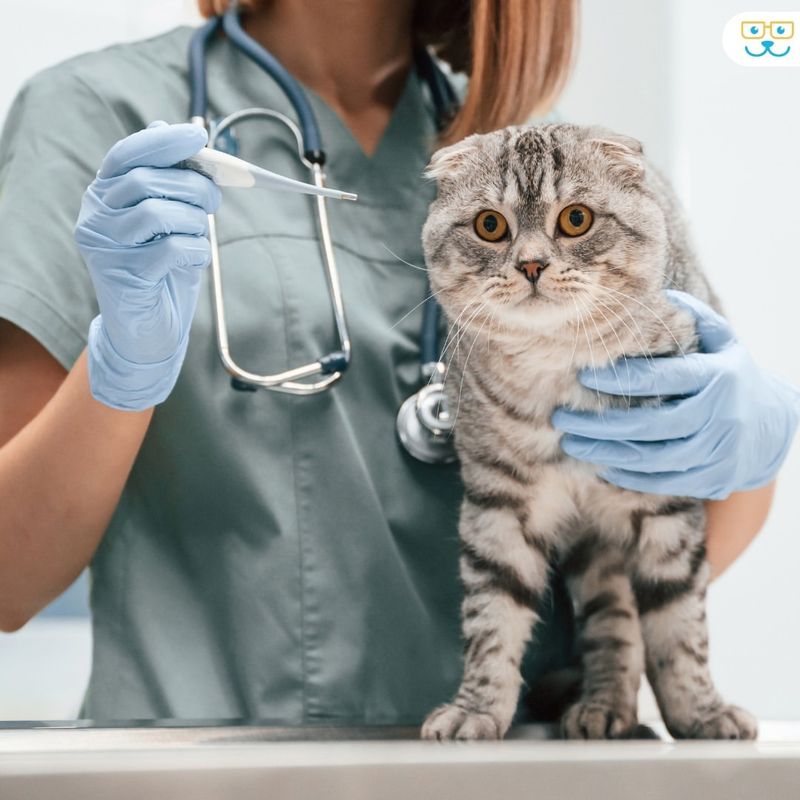
Visits to the vet can be a source of anxiety for many cats. The carrier, the car ride, and the unfamiliar environment with strange smells and sounds can be quite distressing. Even the most placid cat may transform into a bundle of nerves when faced with a trip to the veterinarian.
The ordeal often begins with the carrier, which many cats associate with the vet. They may resist entering it, leading to a stressful chase around the house. Once at the clinic, the presence of other animals and the unfamiliarity can heighten their anxiety.
To ease these trips, acclimate your cat to the carrier by making it a part of their regular environment. Reward them with treats and gentle words to create positive associations. Additionally, regular, non-vet-related trips can help make travel less intimidating, ensuring your feline feels less threatened when it’s time for a check-up.
6. Sudden Changes in Routine
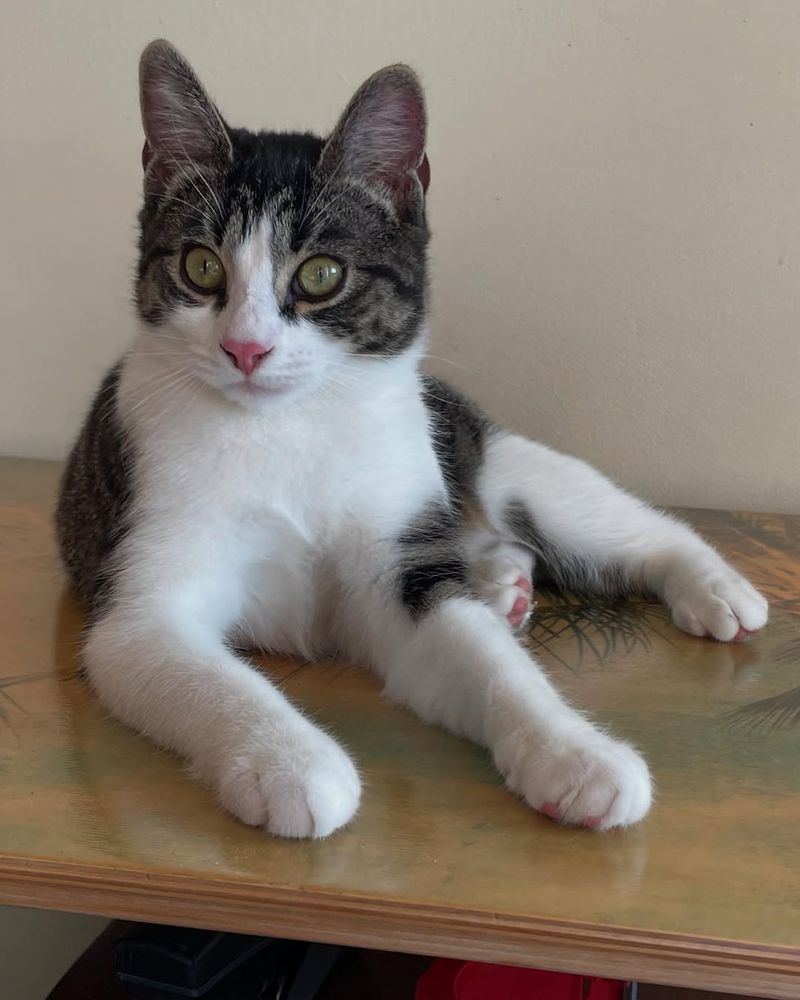
Cats are creatures of habit, and sudden changes in their environment or routine can be unsettling. Whether it’s moving furniture, changing their feeding schedule, or introducing new household members, these unexpected alterations can disrupt their comfort zone.
Cats thrive on predictability, and routine changes can lead to stress or anxiety. A seemingly simple act of rearranging furniture can cause confusion and annoyance as they navigate their altered world. Similarly, changes in meal times or the introduction of new pets can also trigger discontent.
To keep your cat’s world stable, introduce changes gradually whenever possible. Allow them time to adjust and explore at their own pace, offering reassurance and consistency. This careful approach can help maintain their sense of security and happiness.
7. Overcrowding Their Space
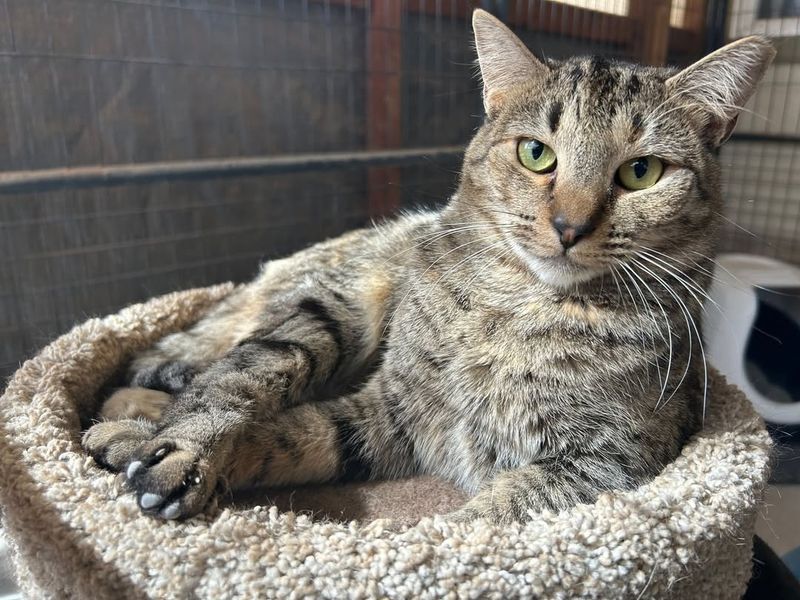
Despite their small size, cats appreciate having plenty of space to call their own. Overcrowding their territory with too many people, pets, or objects can lead to feelings of territorial encroachment and stress. A cat’s home is their kingdom, and they prefer it not feeling like a bustling metropolis.
Cats value solitude and independence, often needing a quiet space to retreat. While they may enjoy the occasional cuddle or play session, constant companionship can become overwhelming, leading to a withdrawn or irritable pet.
To respect your cat’s need for personal space, ensure they have access to quiet areas in the home where they can escape the hustle and bustle. This balance allows them to enjoy family life without feeling overwhelmed, ensuring their comfort and contentment.
8. Dressing Them Up

Although it’s tempting to dress cats in costumes for a laugh or a cute photo opportunity, most felines find this far from amusing. Clothes can be restrictive and uncomfortable, interfering with their natural behavior and ability to move freely.
Cats have a strong sense of dignity, and adorning them in outfits can feel intrusive. Their fur acts as a natural coat, and adding layers can cause overheating or irritation. The sensation of clothing can also impede their grooming routines, leading to frustration.
If dressing up is a must, opt for minimal accessories and ensure they’re comfortable and safe. Observing your cat’s reaction is key—if they seem unhappy or stressed, it’s best to abandon the fashion show and let them strut their stuff in their natural furry attire.
9. Too Much Alone Time
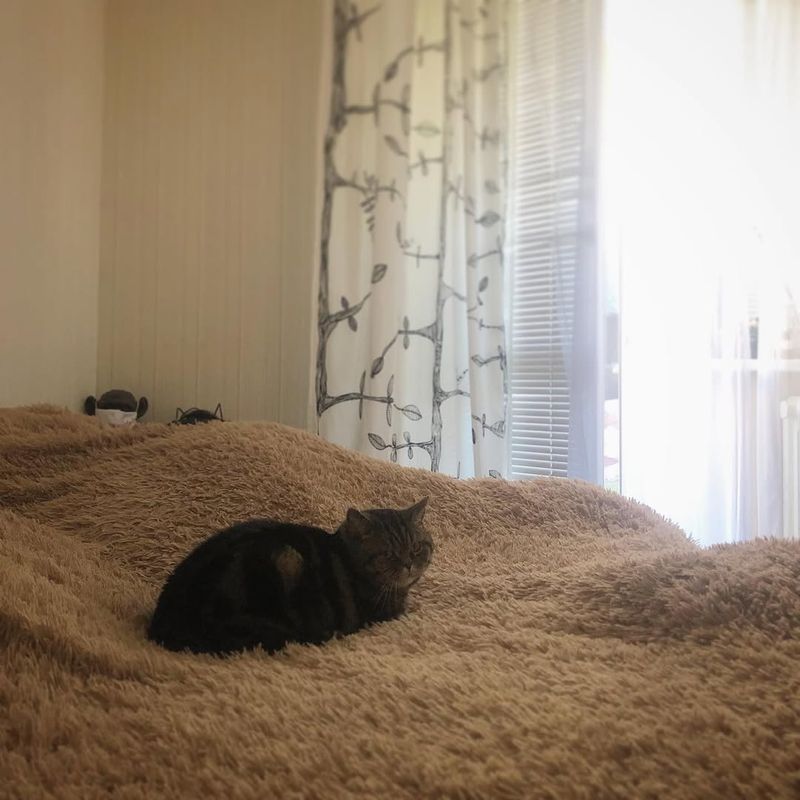
While cats are known for their independent natures, too much alone time can lead to loneliness and boredom. Despite their aloof reputation, they do enjoy social interaction and mental stimulation, which is vital for their well-being.
Extended periods of solitude can lead to negative behaviors such as excessive meowing, scratching, or even depression. Cats thrive on engagement and benefit from play, companionship, and exploration. Without these, their spirits may wane.
To prevent your cat from feeling neglected, ensure they have enriching activities and spend quality time together. Interactive toys, puzzle feeders, and climbing structures can keep them entertained. Regular play sessions and affection offer a perfect balance, fostering a happy and healthy feline.
10. Inconsistent Feeding Times
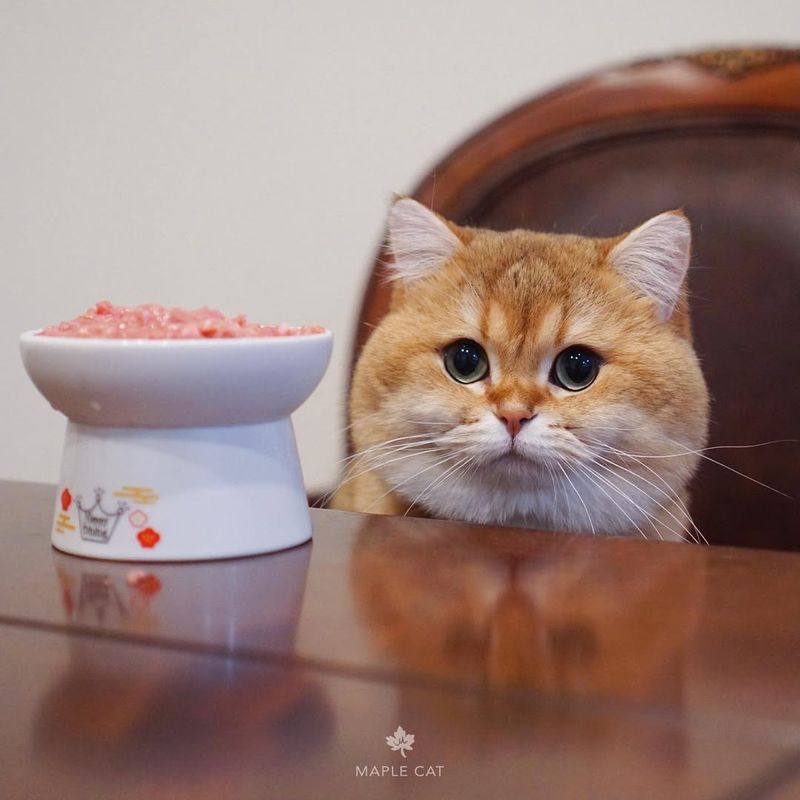
Consistency in feeding schedules is crucial for cats, who are creatures of habit. Unpredictable meal times can lead to stress and confusion, disrupting their sense of routine and security. A cat’s internal clock is finely tuned, and they often know precisely when to expect their next meal.
Skipping or delaying feeding times can lead to food anxiety, causing them to overeat when food is finally offered. This can affect their health and weight, as well as their overall mood and behavior. Cats appreciate knowing when to expect their meals, as it provides structure to their day.
To ensure your cat remains content, establish a consistent feeding routine. Whether you feed them once or multiple times a day, try to stick to a schedule. This not only helps maintain their physical health but also supports a harmonious and peaceful home environment.
11. Not Enough Playtime
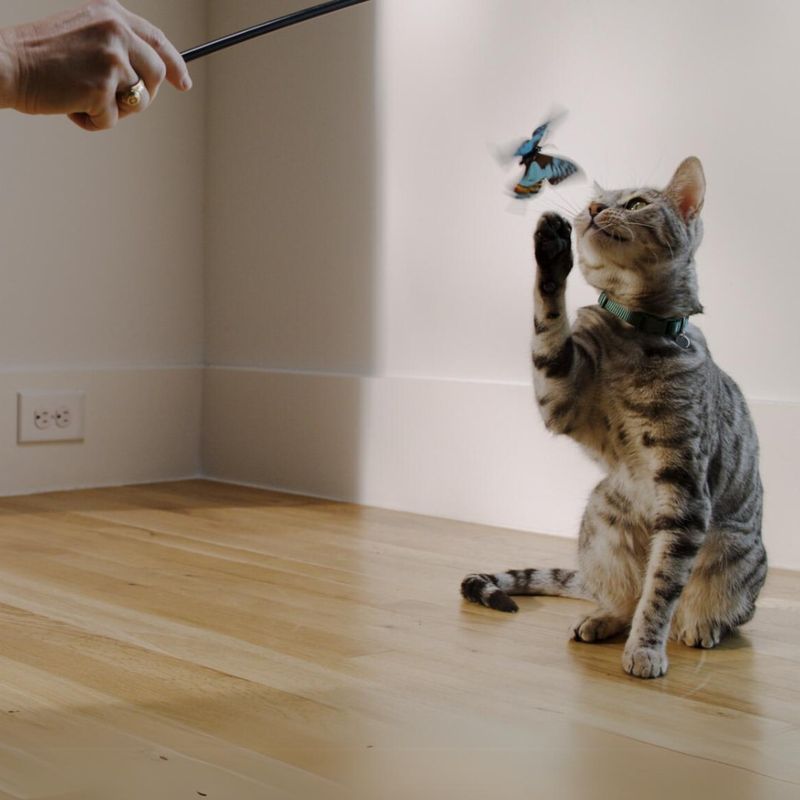
Play is an essential component of a cat’s life, offering physical exercise, mental stimulation, and bonding opportunities with their human companions. Insufficient playtime can lead to boredom, weight gain, and even destructive behavior.
Cats are natural hunters, and interactive play mimics the chase and capture instincts that are vital to their well-being. Without regular play sessions, they may lack stimulation, leading to unwanted behavior as they attempt to entertain themselves.
To keep your cat happy and healthy, dedicate time each day to engage in play. Use toys that encourage active participation, like feather wands or laser pointers, to spark their interest and energy. A little effort goes a long way in maintaining a joyful and contented cat.
12. Restricting Climbing Opportunities
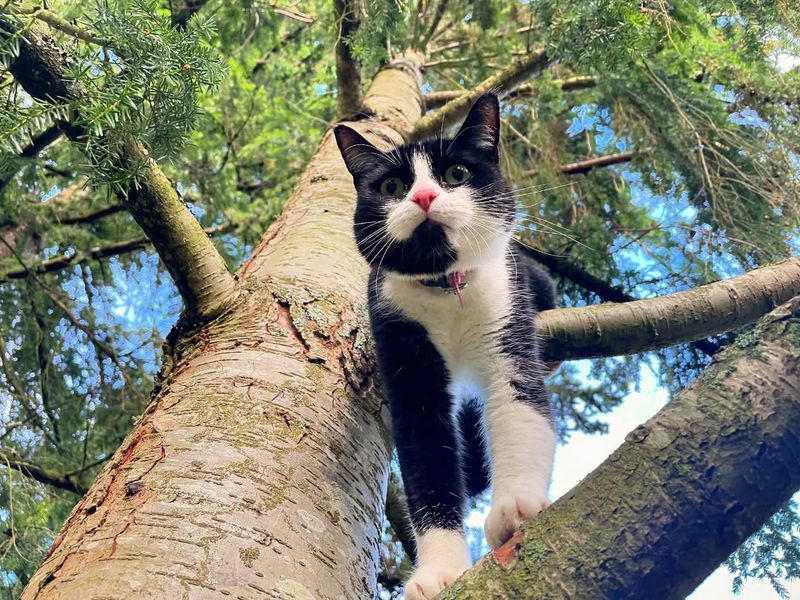
Cats love to climb, and restricting this natural behavior can lead to frustration. Vertical spaces offer them a sense of security and a way to survey their territory from a safe vantage point. Lack of climbing opportunities can leave a cat feeling grounded and bored.
Climbing is not just about fun; it also provides exercise and mental stimulation. Felines enjoy the challenge of reaching new heights, and it satisfies their instinctual need for exploration. A home devoid of vertical interest can feel dull and confining.
Providing climbing structures like cat trees or installing shelves can enrich your cat’s environment. Encouraging this behavior ensures they remain active and engaged, offering them a fulfilling and enriching lifestyle.
13. Ignoring Their Body Language
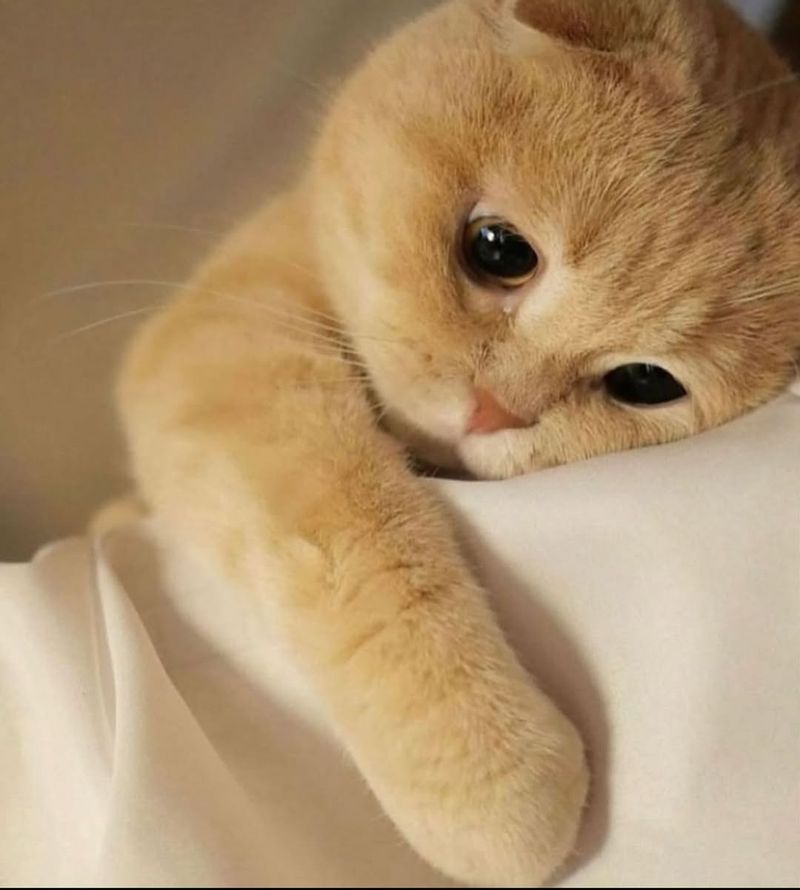
Cats communicate a lot through their body language, and ignoring these signals can lead to misunderstandings and annoyances. From the flick of a tail to the positioning of ears, cats are constantly expressing how they feel.
Misreading or disregarding these cues can result in stress for the cat, especially if they’re expressing discomfort or a desire to be left alone. Continuous attempts to pet or engage with a cat when they’re clearly not in the mood can lead to frustration for both parties.
Being attuned to your cat’s body language helps build a stronger bond. Learning to recognize when they want space versus when they seek interaction improves communication and ensures a harmonious relationship. Respecting these signals is key to a happy and peaceful cohabitation.
